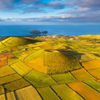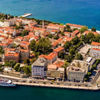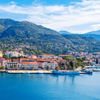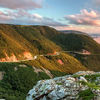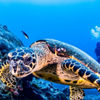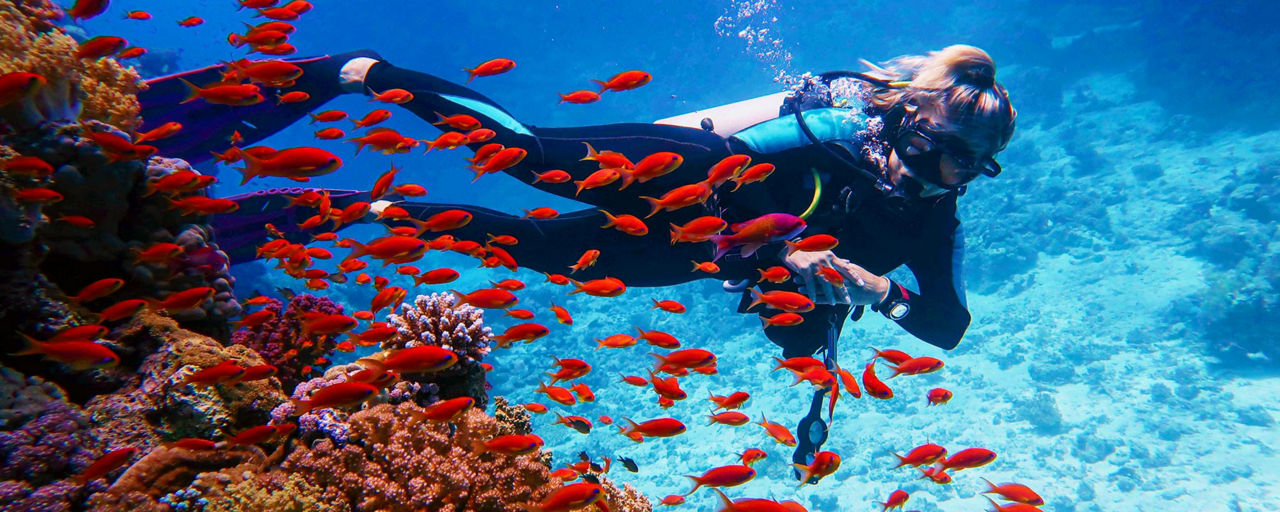Diving facts

- Dive shops on La Palma
5
- Best time to travel
September to November (best visibility and weakest current)
- Recommended diving suit
Wetsuit, 7 mm
- Flight connection
Edelweiss recommendation
Breña Baja on the east side of La Palma is one of the island’s best scuba diving sites – and the coastal town of Los Cancajos is arguably one of the best scuba diving destinations in the Canary Islands. The Playa de Los Cancajos consists of two black volcanic, gently-shelving bathing coves, which also serve as diving centres. Whether you want to dive through caves, tunnels and canyons, follow the stream of lava into the depths of the sea or explore the colourful marine world, Los Cancajos caters to divers of all skill levels. The cherry on the (diving) cake is the Cave of the Chapel. Although it’s easy to reach, dives to the cave are only possible when the water is calm. Those fortunate enough to do this dive can look forward to a breathtakingly beautiful experience!
Top diving spots in La Palma
Isla Bonita for divers
Casa de Buceo – situated in Los Llanos de Aridane in the west of La Palma – offers diving excursions to all parts of the islands. The coastal village of La Bombilla with its fascinating marine landscape and abundant lava arches serves as the diving centre’s house reef. Divers can expect to see sepia and rays. Casa de Buceo offers excursions to many other beautiful diving spots, including Puerto Naos, which is one of the best night diving sites in the Canary Islands.

Underwater memorial site
Deservedly referred to as one of La Palma’s most exciting scuba diving spots, Malpique features a massive column of volcanic rock roughly 100 feet high (30 m), emerging vertically from a depth of approx. 160 feet (50 m), and 39 sunken crosses. This is not an old graveyard buried by the waves, but a memorial site. In 1570, forty missionaries on a ship bound for South America were attacked by pirates near La Palma. All but one of the missionaries were killed and declared martyrs by Pope Benedict XIV in 1742. Since none of the murdered missionaries were known to have performed a miracle, they were never canonised. However, 39 crosses were dropped into the sea to create a memorial site in their honour. Today, this underwater monument is one of the most popular attractions for scuba divers.

Steep face for advanced divers
In the summer, especially at low tide, the Playa Las Cabras dive site in the southeast of the island is best suited for advanced divers. Boasting a spectacular steep face, divers will have the chance to observe schooling fish, mackerels, tuna fish and much more! The cliffs along the bay are great for snorkelling, with plenty of caves and overhangs on offer.

Boat diving and whale watching
The diving centres in Los Cancajos and Puerto Naos organise snorkelling and diving excursions, including on the MS Bussard, a converted shrimp fishing vessel that chugs along the coast, occasionally stopping for passengers to snorkel or swim (subject to weather conditions). The Inia, a rigid-hulled inflatable boat, is the ideal vessel for whale watching expeditions. The waters around the Canary Islands are home to as many as 26 species of whale. Thanks to the rich sea beds and consistently warm water temperatures, whales inhabit the waters all year round, making whale sightings very likely.

Wreck diving La Palma style
Wreck diving on La Palma is no easy feat. Due either to precipitous ground contours or the force of the waves, all of the sunken ships have disappeared into the depths of the ocean – with one exception: the remains of a Piper PA-28 lie at a depth of 90 feet (28 m) at Los Cancajos. In 1998, the aircraft’s pilot was forced to make an emergency landing due to engine failure. The wreckage is regularly inhabited by a large moray eel – although other marine creatures like to visit, too.

Recommended diving schools
The following schools are the ideal choice for exciting diving lessons and trips:

